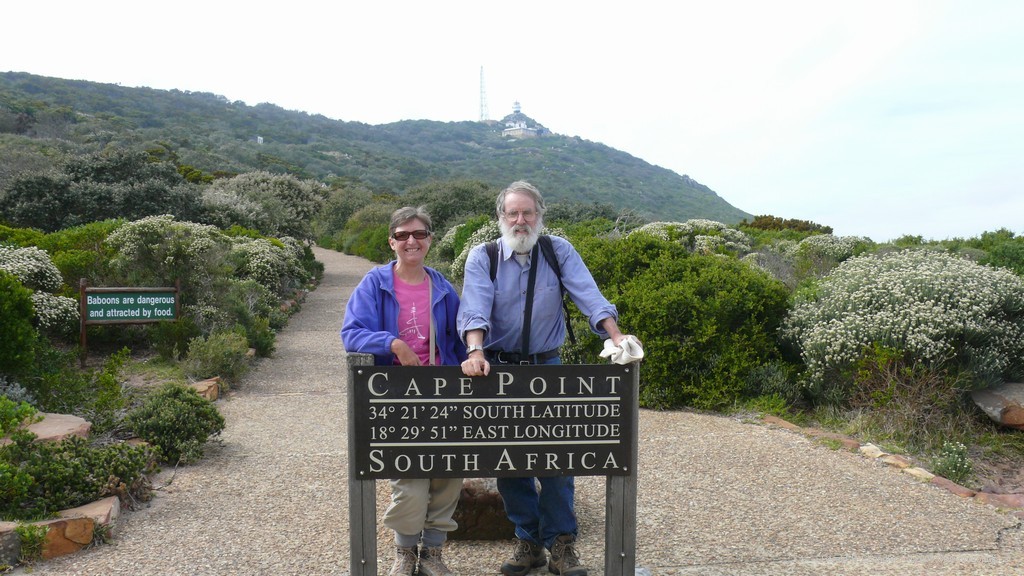Home | Front Page | Index | Blog | New | Contact | Site Map
Home
Navigating
Site History
About Us
Camera Story
Licencing Photos
Contact
Country Links
Click on flag for Foto Show; click on country name for text and photographs.
Asia
 Cambodia
Cambodia
 China
China
 Beijing
Beijing
 Hong Kong
Hong Kong
 Indonesia
Indonesia
 Japan
Japan
 Laos
Laos
 Malaysia
Malaysia
 Singapore
Singapore
 Thailand
Thailand
 Tokyo
Tokyo
 Vietnam
Vietnam
Pre 1999 Asian Visits
Europe
 Austria
Austria
 Athens
Athens
 Basel
Basel
 Britain
Britain
 Berlin
Berlin
 Bratislava
Bratislava
 Belgium
Belgium
 Brussels
Brussels
 Bulgaria
Bulgaria
 Florence
Florence
 France
France
 Germany
Germany
 Greece
Greece
 Italy
Italy
 Moscow
Moscow
 Paris
Paris
 Poland
Poland
 Prague
Prague
 Romania
Romania
 Russia
Russia
 Switzerland
Switzerland
 Ukraine
Ukraine
 Vienna
Vienna
Americas
 Belize
Belize
 Colombia
Colombia
 Costa Rica
Costa Rica
 Ecuador
Ecuador
 Guatemala
Guatemala
 Honduras
Honduras
 Mexico
Mexico
 Nicaragua
Nicaragua
 Panama
Panama
 USA
USA
 Vancouver
Vancouver
Middle East - Africa
 Egypt
Egypt
 Israel
Israel
 Turkey
Turkey
 South Africa
South Africa
Australia - New Zealand
 Australia
Australia
 Christchurch
Christchurch
 New Zealand
New Zealand

|
We started the trip with three separate cameras between us: a Minolta SLR, an Olympus APS SLR, and a Samsung point-and-shoot. Over time the film cameras either broke or were lost until in June 2000 Gerry bought his digital Sony and became the sole photographer. He used it daily, taking on average 50 still pictures a day for three years until it finally died in the fall of 2003. In November 2003 he replaced it with the SONY PC-330 - basically the same camera but with a 3 megapixel still image rather than the PC-100's 1.1 megapixel.
While in Turkey, in May, 2006, Gerry triped and sent the PC-330 flying in the air; when it came down nothing worked. While we were in Bursa, as a replacement, and after a week of searching and agonizing, he has purchased a Sony S600 6-megapixel still camera. Two weeks later Gerry was able to get the still-feature of the PC-330 fixed. (The cost of a new computer board for the video would have been higher than a new DV camera.) Six weeks later, in Krabi, Thailand, we were boarding a boat and Gerry accidentally dipped his Sony S600 into salt water. End of that camera and back to the PC-330.
Two months later (October, 2006) we were in Singapore and Gerry got a delightful replacement: a Panasonic Lumix FZ50, the best camera he has ever owned. Unfortunately he lost that camera to another fall, in April, 2007, in South Africa. By that time he owned a Sony-Ericsson W-300 which had a puny 0.5 Mega pixel camera. He made do with that until the end of May, 2007, when we were in Paris and he bought a Lumix FZ7, a seven megapixel camera. It is the one he is using at the time of this writing. He is looking forward to buying a Lumix FZ28 early in 2009 — unless something better catches his fancy.
As time has passed Gerry's daily average of photos taken has gone up and up. When he was shooting film each picture cost about $0.35-$0.40, when film price and development were taken into account. When he switched to digital pictures the cost to take a picture effectively went to zero, but not the storage cost. For that he needed CDs and a CD burner and those cost money. But as time went on CD and then DVD burners got built into notebook computers and the price of DVDs dropped. So now the effective cost of a picture is much less than $0.01 per picture.
The result is that his average picture taking has gone from 5-10 per day to around 50-60 per day. There are some days — very few — where he has taken 300-400 pictures. This counts only the pictures retained at the end of the day: about 10% of all shutter-clicks result in pictures that are thrown away
Along with the number of pictures the size, in pixels, has continually grown. When we were taking film pictures we scanned them at about 3000 x 2250 pixels. These were then reduced to around 600 x 450 for web display. The first digital pictures were 1152 x 864 pixels, uploaded as 576 x 432 pixels. Then with the PC-330 the size grew to 2048 x 1512; these were initially uploaded as 576 x 432 pixels and later as 800 x 600 pixels. The Sony S600 was a six megapixel camera, the Lumix FZ50 could take 10 megapixels but Gerry used it in 7 Mpx mode, and the FZ 7 is a true 7 Mpx camera. It shoots (maximum) 3072 x 2048 pictures, which is in the same ball park as its two predecessors. For all of them Gerry switched to uploading 1024 x 768 pictures. At the time he started doing it, 1024 x 768 was bigger than full-screen mode for most people. Now 1280 x 800 and bigger screens are common and he'll have to think about growing his output size again.